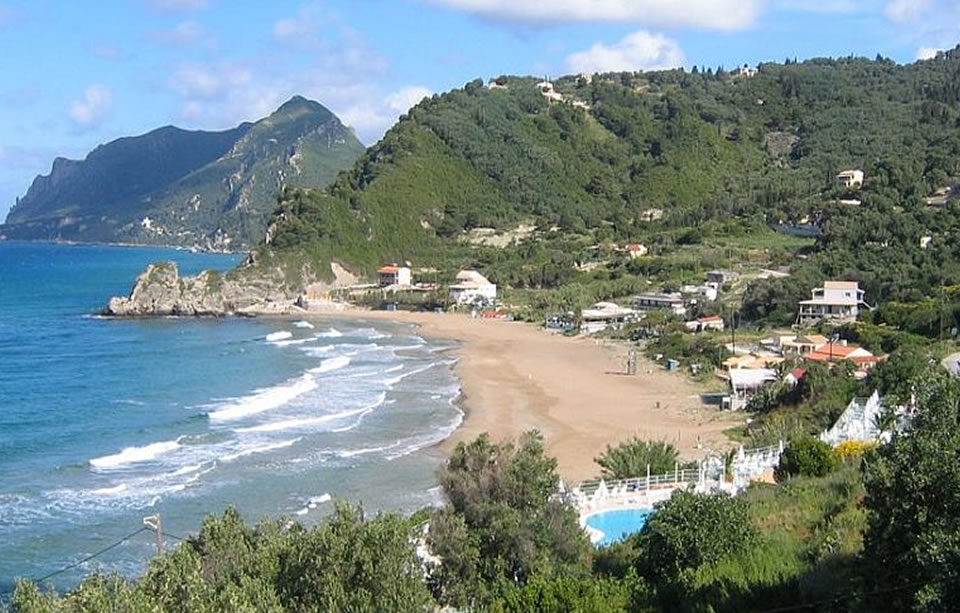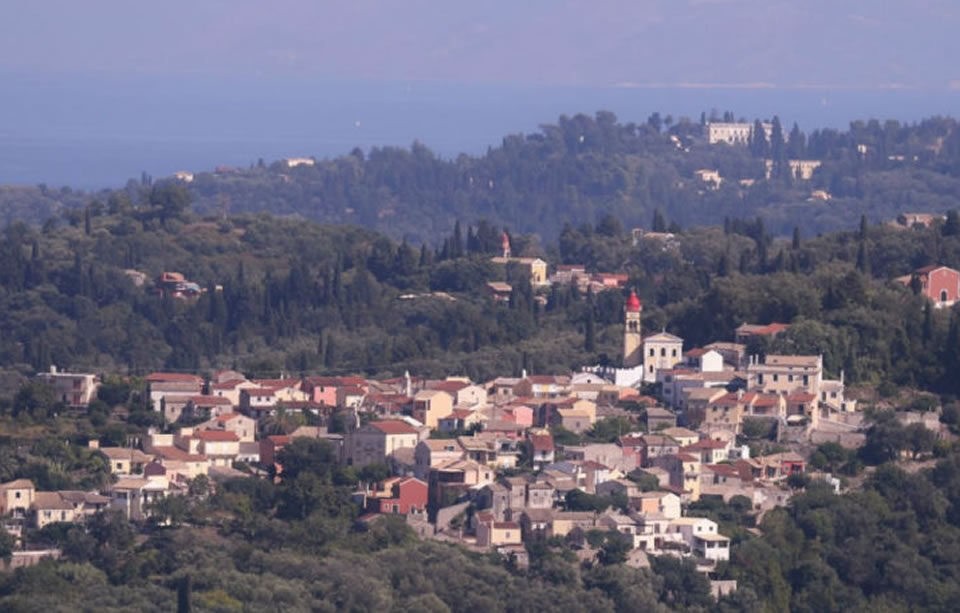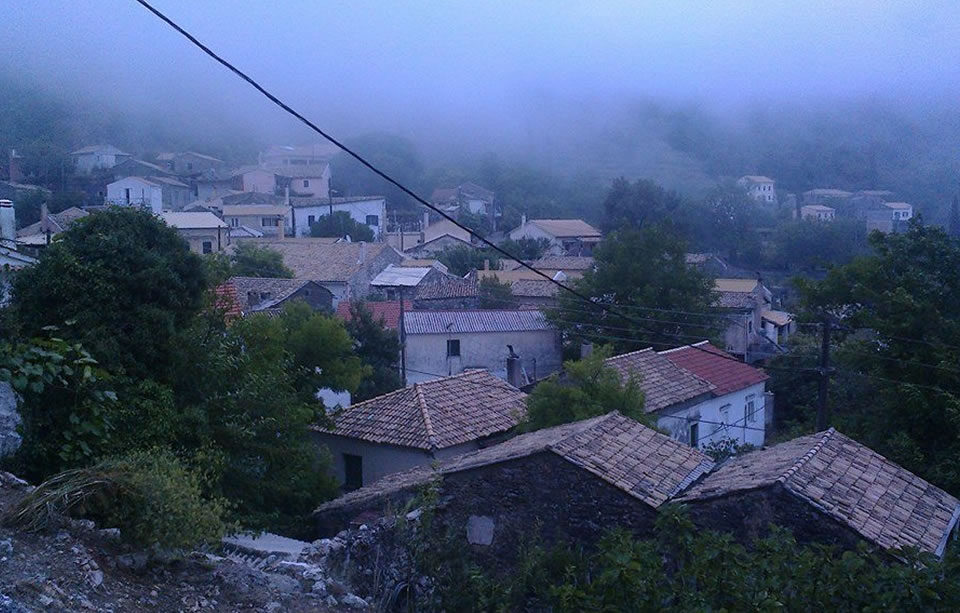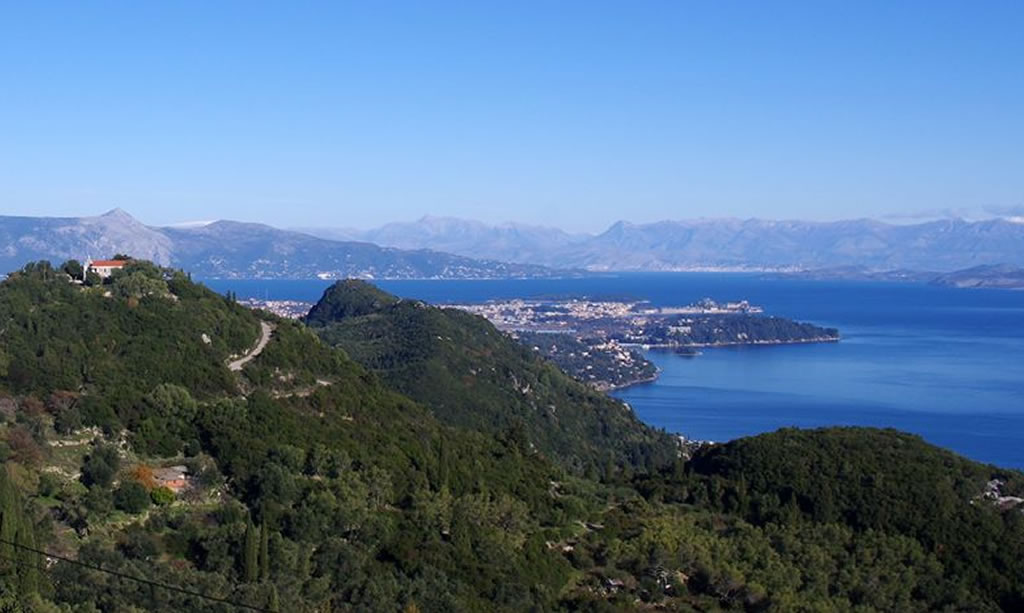
Stavros
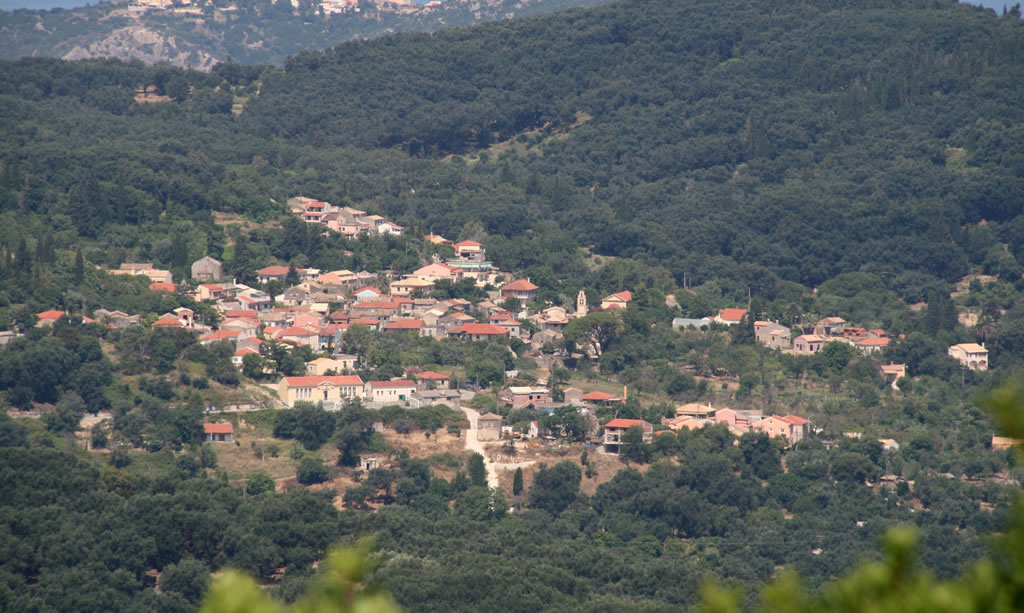
Alimmatades
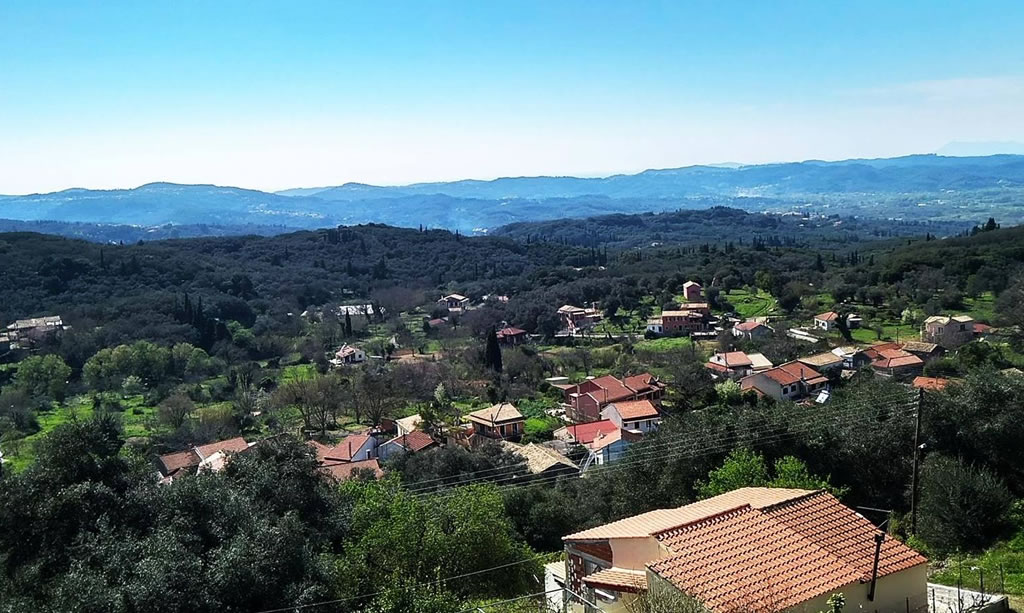
Klimatia is a small, picturesque village built at an altitude of 220 meters amongst dense vegetation and many water currents. In Klimatia, in its narrow alleyways you will see old stone-houses, some with a unique architecture which even include pillars of Dorian order.
Above the village of Klimatia, at an altitude of 450 meters is situated one of the most significant monasteries of the island, the Monastery of Agia Triada Klimatia. Its ledger was built during the 15th century and the murals which adorn it are extremely interesting and date back to the 17th century. You will get there by a dirt road which begins from Klimatia and leads to the top of the mountain. The view from up there is panoramic. You can see the Diapontia Islands as well as the shores of Albania.
Very close to the settlement of Klimatia and on the road which leads to the monastery is situated the cave Anthropograva, one of the most interesting caves on the island, covering an area of about 500 square meters with very impressive stalagmites and stalactites. Klimatia also offers a virgin forest with holly trees, which make it, in combination with the cave, an ideal destination for those who love nature.
Cave of Anthropograva
The Cave of Anthropograva is located near the village Klimatia, at an altitude of 270 meters, just a few meters from the road which leads to the monastery of Agia Triada, in the northern part of the island. The Cave of Anthropograva is the most interesting among the recently known and accessible caves of the island. The road which reaches very close to it, is covered with asphalt, while access to it is through a cobble-paved path.
The entrance to the Cave of Anthropograva has an opening reaching 4 meters and a height reaching approximately 2,50 meters. The total area of the cavern is about 500 square meters. Its maximum length reaches 25 meters and its maximum width is 24 meters. The cavern has some of the most beautiful stalagmites and stalactites that are found in Greek caves but, unfortunately it is not accessible to simple walkers. Research has revealed pieces of archaic pottery, a Byzantine coin and sickles – which suggest the use of the Cave of Anthropograva from archaic times to the recent past.

